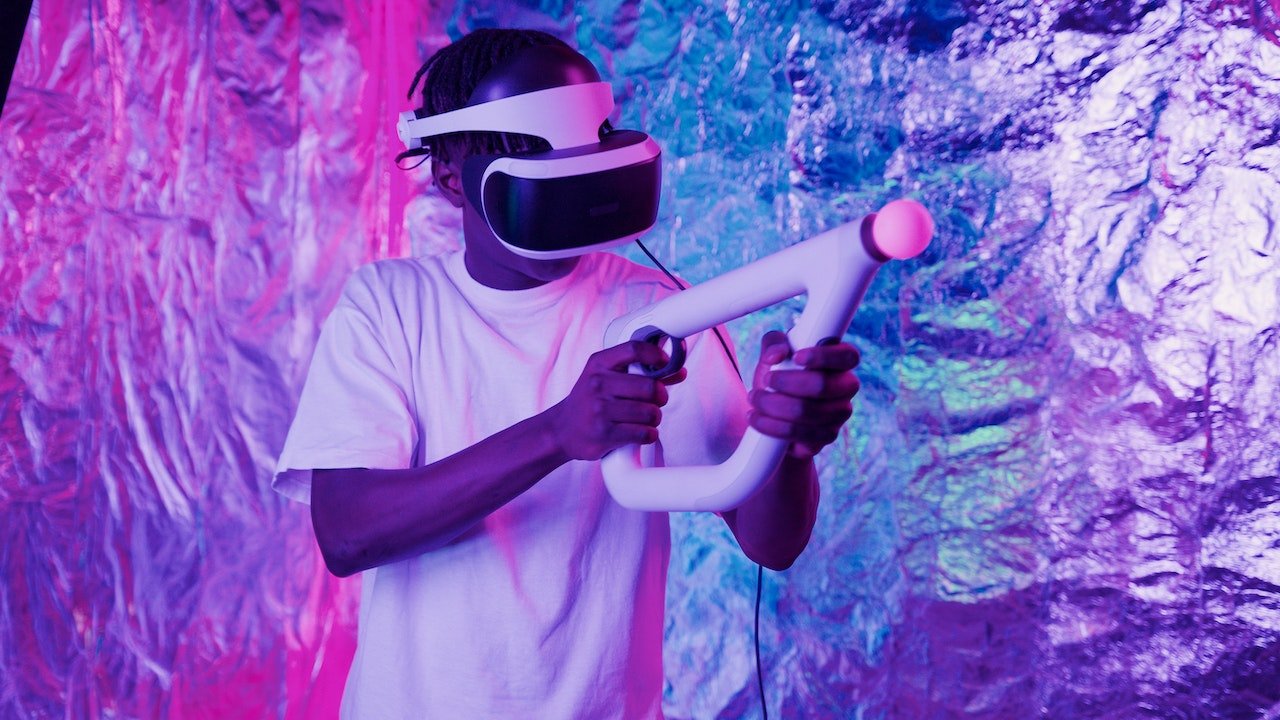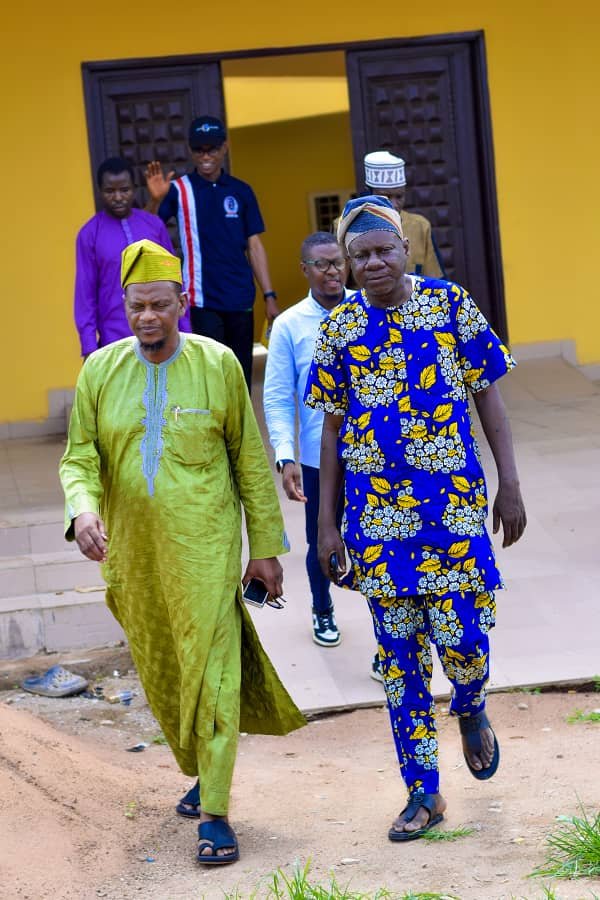Over the generations, Indians have inherited a deep and abiding love for ‘Sholay’, a film that made Hindi cinema cool in a whole new way

A scene from Sholay (Sippy Films)
By Van Bala
My generation inherited the Sholay fandom; I had heard the story of the film for more than half a decade before I even watched it. I come from the Mr India generation, but my father and grandfather insisted the classics were Mackenna’s Gold, Enter The Dragon and Sholay.
I know that my father’s actual favourite film was Zanjeer, but such was the peer pressure to call Sholay the all-time favourite that my father briefly succumbed to it.


I keep saying “favourite” because that was the word we used back then when talking about the films we loved. We never used the word “love” itself to describe our feelings towards anything, including films — an odd hesitation that led to the word “favourite” becoming the very pinnacle of our expression of approval.
For a while, until the age of 9 or 10, I resisted the hype, although my older cousins who had access to Sholay on VHS were already converted (yes, unfortunately, our Sholay experience came via VHS tapes, not the big screen). Maybe it was the violence in the film or the menace of Gabbar Singh (Amjad Khan) that kept them from letting us younger ones watch Sholay earlier, but when they saw I could brave Tina’s death in Mr. India — watching it multiple times to boot — they knew I was ready.
I was ready to see Gabbar and watch “Yeh dosti..”, and brave the death of Jai (Amitabh Bachchan). We got the Sholay VHS, making sure it was a good print. I clearly remember the tape we got from the video library — it was one of the most important in their collection, with the title embossed in silver.
Not once did I imagine that a film whose every scene, song and dialogue I was already familiar with would make my jaw drop. I cried inconsolably when Jai died — no, Tina’s death had not prepared me for this. In fact, it’s still difficult to watch Tina die on screen in Mr India, nor have I made peace with Jai’s death in Sholay or Jack’s in Titanic (okay, maybe Jack’s demise isn’t as much of an issue). Soon, I was among the “if Sholay is not your favourite film, you are not my friend” gang.
The current generation might not give in to such bullying from the Sholay fandom, but there was a time when its status was undisputed. The denims, the motorbike with the side-car, the theme music and the bromance got us all picking our respective Jai or Veeru in childhood.
The image of the dreaded, tobacco-spitting Gabbar was even used to sell us Parle-G — such was the extent of our love for Sholay. Orchestras exploded with songs from the film, and mimicry artists had a bumper season imitating not just Gabbar but also his henchmen Kalia (Viju Khote) and Sambha (Mac Mohan) as well as Soorma Bhopali (Jagdeep). “Chakki peesing” was probably the first and the most popular Hinglish phrase of Indian cinema.
Thank God, we didn’t have studio executives and algorithms back then asking director Ramesh Sippy to trim scenes that were not taking the “plot” ahead. The flavour of a great film goes beyond the “hero” and “heroine”; it comes from its characters, everyone who lives in that world — no one in Sholay is a “junior artist”, everyone is an “artist”!
It was in Sholay that we first encountered a fusion of Western cool and heartland epic. Earlier, films were defined by the coolness of Dev Anand or Shammi Kapoor, or they were Dilip Kumar or Manoj Kumar heartland epics.
Sholay gave Indian audiences something they had never experienced before. Even 50 years after its release, it remains one of the most talked-about films, inspiring as many jibes of “you haven’t seen it yet!” as ecstatic declarations of “I have seen it more times than you”.
Bala is the writer and director of Mard Ko Dard Nahi Hota and Monica, O My Darling





